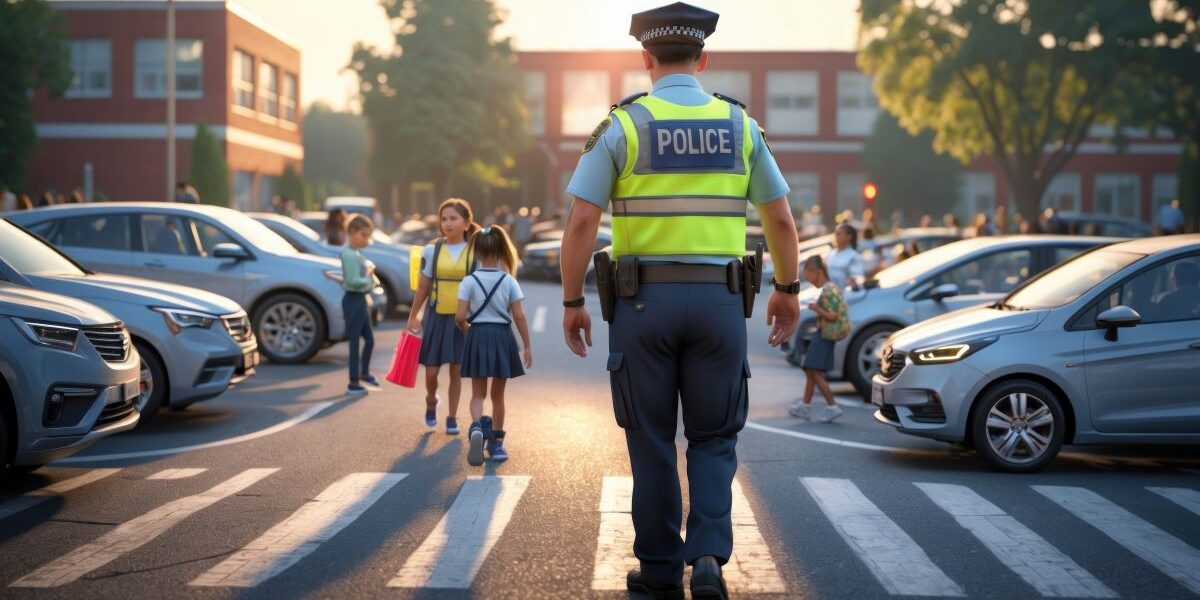Much has changed in school safety over the last two decades. As someone who teaches active shooter training in schools, is the director of security and on the board of directors at a private Christian school, I have seen great improvement in school security. These changes reflect a heightened focus on safety and emergency preparedness.
Here are some details as we drill down on those changes.
- Door Locks and Access Control
Years past, doors were left unlocked, and access was unmonitored. Most schools now restrict entry using controlled access during school hours with measures like locked and monitored doors throughout the building, including areas like loading docks. There is also now the ability to have architectural design built into new building construction, as well as in remodeling projects, to prevent perpetrators from entering buildings.
- Visitor Management
Schools now often require visitors to sign in or check in and wear badges. These visitor management systems require visitors to sign in, often with photo ID, and receive a badge that they must wear while in the building. This allows staff to easily identify and track them, as well as to assist them find their destination. These programs are also easily integrated with programs to provide background checks for staff and volunteers, as well as many other expandable ancillary accountability programs and safety measures.
- Security Cameras
Security cameras have become widespread and are being used in almost every school to monitor the school property. The most profit to camera use is to have them monitored. This can be done by placing multiple monitors in school offices, as well as having portable access on phones, laptops and iPads of staff.
- Training
There has also been an overall change in focus from general crime prevention to active shooter response, particularly after events like the Columbine High School shooting in 1999. Teachers and students are now trained on active shooter response procedures.
Discussions about school safety have addressed issues like school climate, mental health services, and threat assessment. Structured anonymous threat reporting systems have also been implemented.
Some schools are focusing on creating a sense of community involvement and promoting positive interactions among students, staff, and families.
Bringing in the local first responders allows them to preplan for emergencies and form bonds with school leadership. Building relationships in advance is always preferred. Ask your local fire department, EMS, and police to do routine walk-throughs of the school property or even have drills at the facility.
Schools need to have a school-community emergency plan of action in place for students, staff, and parents. It should be both practical and proactive and be practiced routinely by conducting drills.
- Emergency Communication
Schools are now able to be equipped with electronic notification systems for schoolwide emergencies via phones and computers, as well as portable radios carried by staff and personnel throughout the school for emergency communications at the push of a button.
- Technology
Many schools have invested in new technology like bulletproof whiteboards to hide behind, emergency exit windows to increase faster egress, and bullet-resistant film on classroom doors and windows.
All these improvements are currently available, and, as technology improves, there will be even more things to help secure our schools. The most important aspect of school security is the understanding that ignorance is not bliss when it comes to safety. A safe environment does not come naturally.
Schools need to be prepared, not scared. It’s about creating a space where individuals feel comfortable and can thrive.
Schools are not powerless. Awareness, education, and advocacy can help break down the attitude that “it can’t happen here.” Denial allows issues to grow unseen, and preparation allows them to be dealt with sooner than later.
Terry Berringer is CEO of Church Emergency Consulting, which works with churches, schools, businesses and organizations to prepare them with training in emergency preparedness, www.churchemergency.com.






